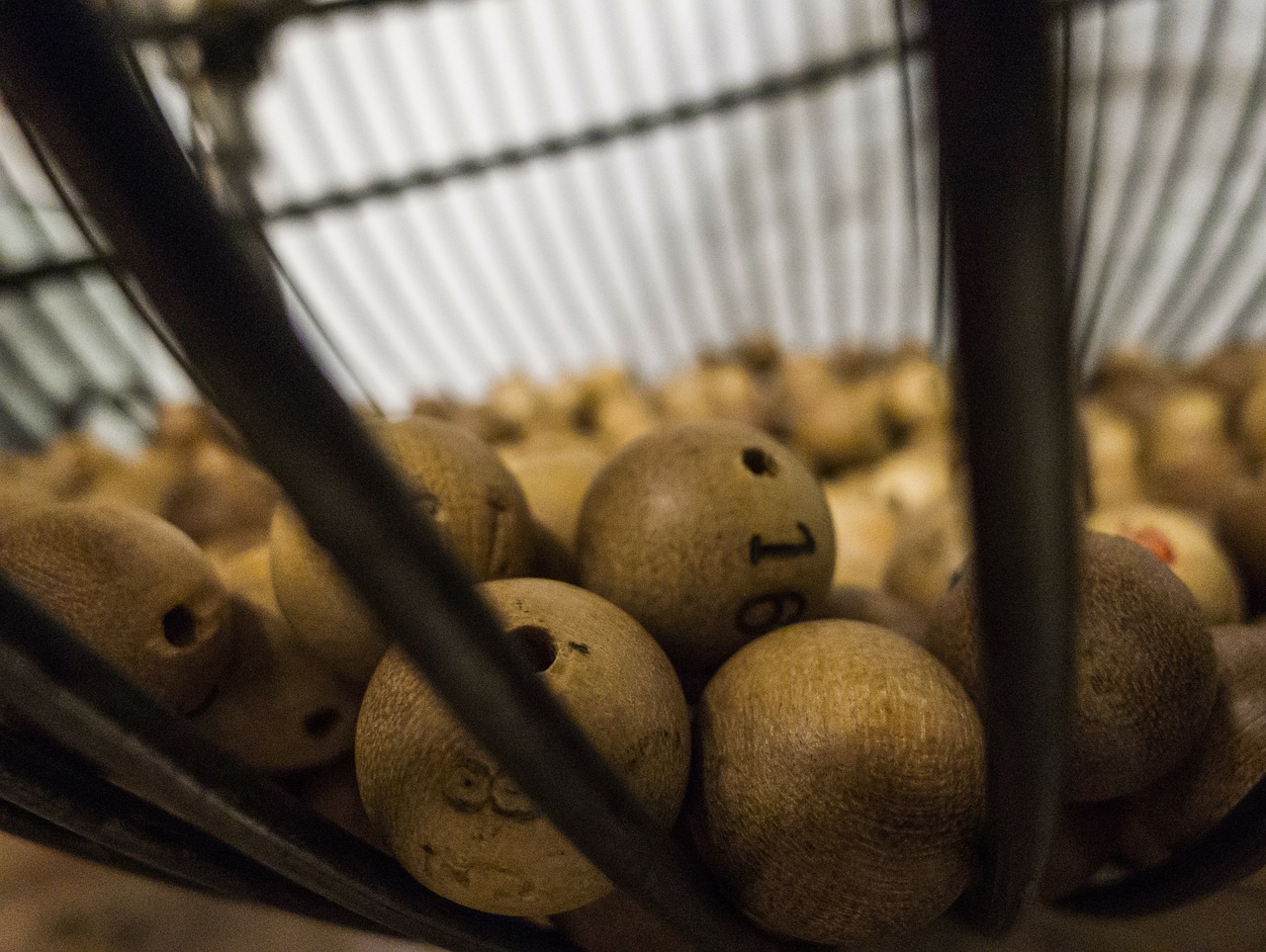
Everyone knows that when it comes to TV shows, there’s almost nothing executives won’t give a shot. Everything from comic books, video games and films are getting the adaptation treatment and, historically, we’ve even seen the likes of Scrabble, Pictionary and Monopoly adapted into major television shows.
A combination of audiences’ desire for interesting, exciting new programming and networks’ urgency to find a format that can stick has meant that we now see dozens of new programmes every single year.
With such a huge demand, then, there remains one huge question: where are the bingo-inspired TV programmes?
Bingo has transformed its image in the last two decades. No longer a game for old ladies, bingo is enjoyed by men and women alike (a 30/70 split) and, in North America, by over 60 million people, who account for over 1.6 billion visits to online bingo websites a year.
Those numbers are increasing too, as more and more customers leverage the welcome bonuses detailed by sites like Oddschecker to effectively play for free. Put simply, bingo is growing at an exceptionally rapid rate.
Where there’s popularity, there are often attempts at adaptation. So, where are all the game shows based on bingo? Well, there were a couple…
The Ballad of National Bingo Night and Bingo America
Way back in May 2007, a show appeared on the schedules of ABC by the name of National Bingo Night. Hosted by Ed Sanders, known for his Extreme Makeover work, the show was quickly picked up for a six-episode run.
The idea was unique. Players in the studio audience would play three cards of bingo across the 60-minute runtime of the show whilst studio contestants played games against the clock, attempting to complete them before somebody in the audience could get a bingo. Whoever won would win $5000.
The games were simple, but the race-against-the-audience tension built into the show made for interesting viewing. Nevertheless, the hour-long show found itself cancelled after just six episodes, ending its run on June 22, 2007.
What followed next was a sale to the Game Show Network. Patrick Duffy joined as host (later replaced by Richard Karn) and a total retooling of the format was completed, including a new name – Bingo America.
The reboot transformed the format into a straight quiz show, with contestants drawing balls from the hopper with a number from 1 to 75 and a letter from the word ‘BINGO’. Contestants had to get the corresponding question right and, if they did, they’d get that letter. The first contestant to get to BINGO wins, with the eventual winner taking home up to $100,000.
Most interestingly of all, though, was the play-at-home aspect. Viewers were encouraged to download and print randomly-generated bingo sheets from Game Show Network’s website and play along at home. If they won during the course of the show, they’d win $50.
The reboot worked. Shortening the show to 25 minutes and locking in viewers with the promise of winning from their couch ensured a captive audience and so Bingo America went on a 105-episode, two season run.
Unfortunately, viewing figures never hit the heights the Game Show Network hoped for, and ended with a final show on January 2nd, 2009.
With the finale of Bingo America came the end of the bingo-as-TV experiment. Clearly aware of the limited success of the format, TV execs have shied away from the notion of putting bingo in living rooms.
But is it time that bingo got another shot on the small screen?
Why Should Bingo Get Another Shot on TV?
A huge amount has changed about TV, viewers and technology over the decade since Bingo America stopped airing.
TV has grown more specialist in an attempt to pull in targeted demographics and capitalise on a media landscape that is now increasingly dominated by algorithmically designed programming, the likes of which Netflix are developing.
Secondly, bingo has grown vastly more popular today than it ever was in 2009. Mobile technologies like smartphones and tablets have meant that bingo can now be played at any time, anywhere, with hundreds of online bingo operators catering to a vast expanding market.
More importantly, the demographics for people playing bingo have shifted dramatically, with men now making up 30% of the audience (up from just 2% five years ago), bingo shows are guaranteed to be a much bigger draw for advertisers, who could now cater to a far broader audience.

What Could Bingo on TV be Like in 2019?
Now, we’re no TV executives but bear with us for a moment here. Imagine, for a second, a live TV show where, through an app on your phone, you could play bingo for real cash right there from your sofa.
Numbers could be called, stats could be shown on screen and you could mix in a little game show DNA in like National Bingo Night or Bingo America. All of a sudden, you’ve got a show that not only keeps viewers glued to their seats in anticipation of the next set of numbers, but you’ve got an exciting and fun format that basically everyone can get behind.
It’s the sort of interactivity that Bingo America tried for back in 2009. But whilst Bingo America relied on pre-taped shows and awkward print-at-home bingo sheets to play along, a modern bingo TV reinterpretation could use our smartphones, tablets or laptops to enable instant play-at-home fun.
It’s just one idea, but it illustrates how bingo deserves another shot on the small screen. Audiences love bingo and TV execs love audiences. Isn’t it about time we saw bingo head back to the big time?